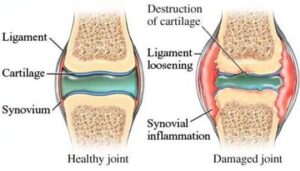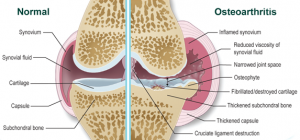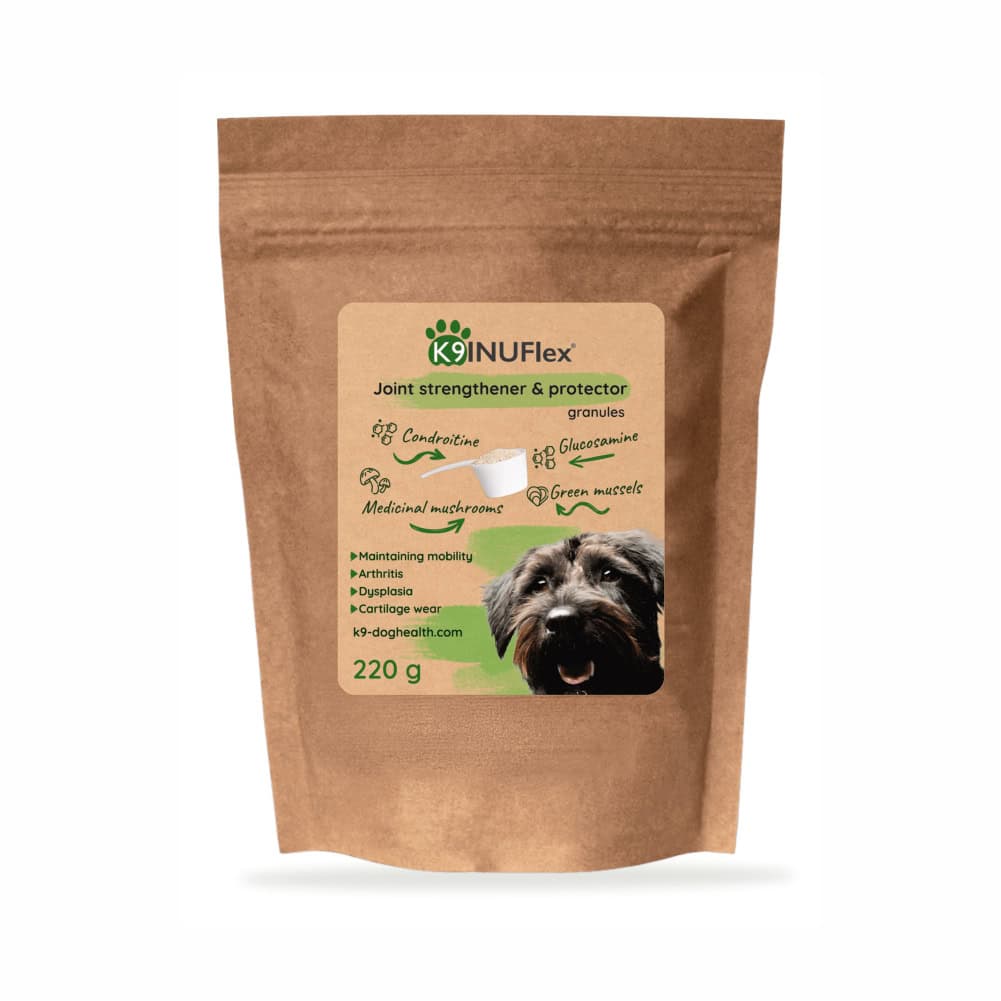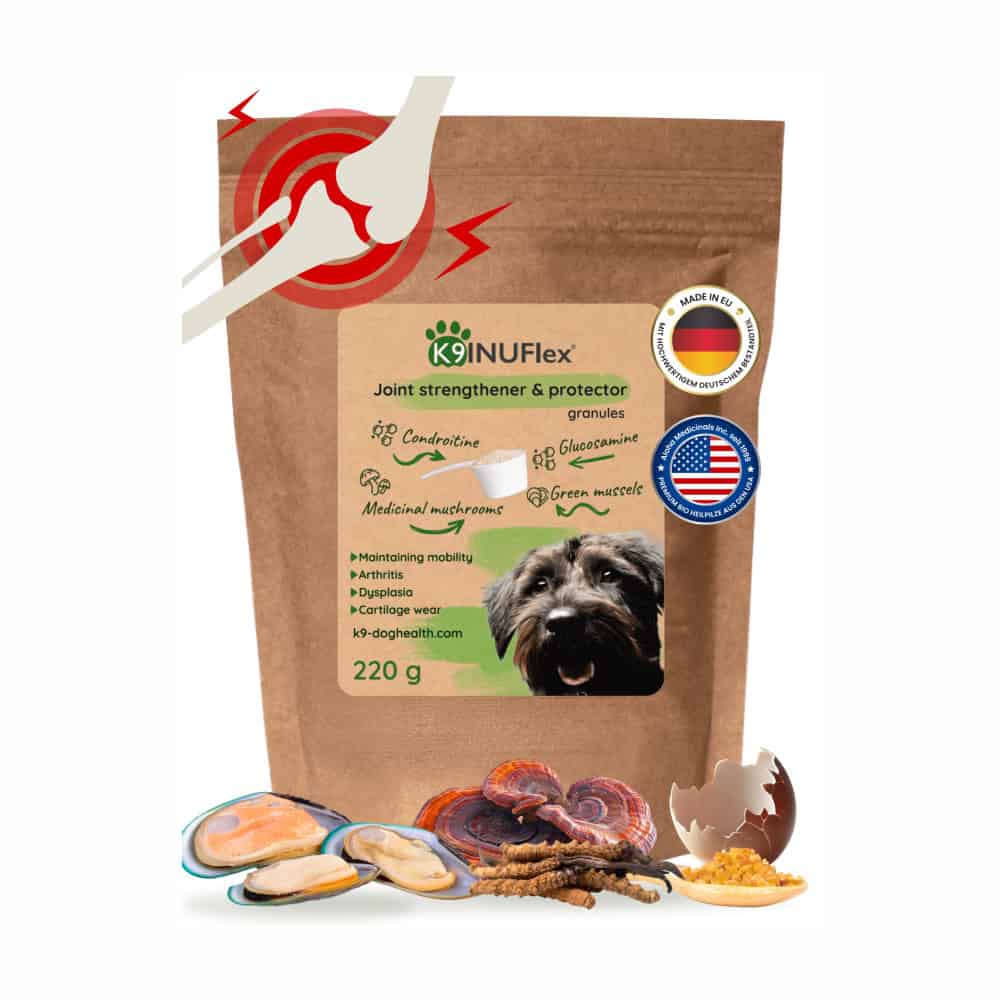Arthritis in dogs is a painful, life-altering disease that cannot be cured, only treated and prevented.
Arthritis is actually a collective name for many rheumatological diseases. We refer to osteoarthritis, which is the result of wear and tear on the joints, as arthritis, but also rheumatoid arthritis, which is an inflammatory disease of the cartilage.
Of course, not all musculoskeletal and joint conditions are arthritis. It is a slowly spreading disease that causes the cartilage to weaken, losing its function between the bones. Without cartilage, movement becomes difficult and painful, articulation becomes inflamed, all of which can be seen in limping or complete cessation of movement.
Inflammation of the joints, or arthritis
The components that connect the bones are the articulations, including the cartilage-covered bone ends (articular surface). These are the areas where the bones come into contact.

The pathological changes that occur in the articulations are called arthritis. This disease is divided into several categories, arthritis (osteoarthritis) is the most common phenomenon in dogs.
- Osteoarthritis affects nearly one in five adult dogs, and that’s just the number of diagnosed cases. In many cases, the disease is not diagnosed because the changes in the dog’s movements are attributed to the age or overweight of the animal and not taken to a doctor. But most often, the cause of a bound movement is arthritis.
- The disease is more common in overweight and older animals, but can develop in any dog.
Arthritis in dogs is a painful disease that significantly reduces the quality of life, which cannot be cured, only treated and prevented!
Symptoms of arthritis
- The dog is reluctant to walk, jump in the car, climb stairs, jump or play.
- The dog limps, lags behind on a walk
- The dog has difficulty getting up from a sitting or lying position
- When petted, it indicates pain by whining and barking
- His personality changes, he becomes too quiet or aggressive
- He no longer likes to be stroked
- Cold, sudden changes in weather, fronts or more movement can make symptoms worse
- The symptoms are worse in the morning, and then slowly the joint starts to move more easily
Arthritis hurts dogs just as much as it hurts us humans. Lethargy or limping can be the first signs of arthritis. When you recognize signs of arthritis, visit your veterinarian immediately! He will explain the options related to the treatment of the disease. Early detection is very important!
- Arthritis in dogs
- Arthritis in dogs
Treatment of arthritis
In addition to the treatment prescribed by our veterinarian, we ourselves can help a lot with your pet’s condition:
Proper diet
The right diet, in addition to helping the dog to build a weight that does not burden the joints; strengthens and restores the body’s immune system, thereby stimulating the body’s self-healing ability. If you want to learn more about the right diet, visit our “DIET” and “NUTRITION” pages.
Adequate amount and quality of exercise
Exercise is a very important activity for dogs with arthritis. It triggers the release of a fatty synovial fluid that relieves pain. Certain types of exercise stimulate this, and if the dog takes part in them daily, it will stay active for much longer. Although too much exercise can cause further cartilage damage, an appropriate, safe amount, even by a vet, is recommended.
Pain relief with non-steroidal anti-inflammatory drugs (NSAID)
Continuous pain caused by arthritis requires symptomatic treatment, i.e. we treat the animal with anti-inflammatory and pain-relieving preparations. Natural non-steroidal anti-inflammatory drugs (NSAIDs), such as Boswellia serrata extract, are now available for this purpose. Boswellia serrata extract acts on the same receptors as morphine, making it an immediate, long-lasting and strong pain reliever. And it’s completely safe! By reducing inflammation, it relieves tension in the joint and reduces further damage caused by inflammation. Plus, when the animal is not in pain, it feels much better and its quality of life is greatly improved!
Food supplements containing glycosaminoglycans
Glycosaminoglycans (GAGs – e.g. glucosamine sulphate, chondroitin sulphate) are found in large quantities in the new zealand green lipped mussel. Glucosamine is a monosaccharide that is a major component of various connective tissues (ligaments, tendons, cartilage, synovial fluid). It is incorporated into the cartilage of the joints, improves the water absorption capacity of the cells, thus increasing the elasticity and strength of the connective tissues and reducing the wear and ageing of the articular cartilage. Supplementing your dog’s diet with glucosamines can significantly reduce the chance of arthrodesis and can also help in rebuilding the joints.
Take a look at our cartilage-strengthening preparations for dogs containing green clams and medicinal mushrooms.
If you would like to read more about this in Hungarian, check out our article on Az ízületi gyulladás kutyáknál.






